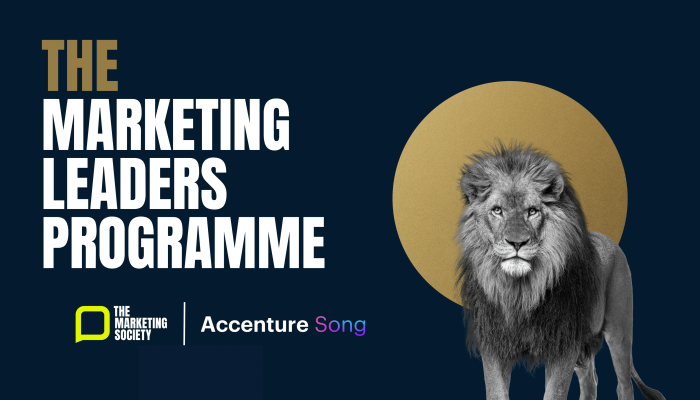How long would it take you to travel from squirming to scared to sanguine?
With Jane Cunningham and Philippa Roberts as our guides, it took The Marketing Society Book Circle precisely 26 minutes and 52 seconds. They are co-authors of Brandsplaining: Why Marketing is (Still) Sexist and How to Fix It, a book that confirms what most of us probably suspect but cannot prove.
The authors have done just that: their book is the result of fifteen years spent studying the portrayal of gender in advertising, combined with a multi-market quantitative study, and content analysis of the ten biggest brands in the ten biggest categories across the USA, Europe and Australia. It’s a robust point of view on marketing’s relationship with the female audience, together with ten principles that outline how this relationship can (and should) be improved. The authors walked us through some of the book’s key moments, beginning with some uncomfortable truths.
We were introduced to the concept of ‘The Good Girl’. She is the idea of femininity that marketers have spent much of their careers projecting to society. As a child, she is encouraged to believe that her role in life is to be soft-hearted, gentle and meek: an idea that is already cemented in her mind by the age of eight. As she reaches adolescence, she is encouraged to aspire to unrealistic levels of physical and maternal perfection. And – perhaps cruellest of all – as she ages, as she becomes less ‘useful’ and pleasing, she also becomes invisible. All of this directly contradicts what the female audience actually aspires to, which is chiefly to feel comfortable in her own skin, to be financially independent and, ultimately, to be defined by her intelligence and interests rather than her gender. And we haven’t yet reached the part of the conversation that will have many of us squirming in our seats.
Here comes the squirm:
The marketing community’s response has been to indulge in (often well-intended) acts of corporate feminism, which the authors describe with a fittingly ugly portmanteau: ‘fempowerment’. You’ll be familiar with the type of marketing they describe, because it is so cringe-inducingly ubiquitous and so effectively skewered by the authors, who point out how patronising, cynical and hypocritical it is for brands to endear women to ‘lean in’ to the idea that ‘strong is the new pretty’ and to become a ‘Girlboss’. Their issue with this form of marketing is not just that it replaces one type of ‘Good Girl’ for another, but that it continues to place the onus on the individual: it is her responsibility to strive for a better world, to achieve her dreams, to make her voice heard, to change her mindset as well as her appearance.
The authors point out that this is an act of misdirection on an epic scale:
It isn’t women who need to change. It’s the system that needs to change.
And in ‘empowering’ women, marketers are unwittingly absolving the system (and ourselves) of any blame. We should instead be focusing on fixing a social system in which sexism is embedded. As one Book Circle member commented: "once you see this shocking and uncomfortable fact, it becomes impossible to unsee."
Now for the scary bit:
This all sounds awful. But things are getting better, right?
On the one hand, the authors suggest this issue is gaining traction with an enlightened group of marketers and there are some delightful examples of brands that have succeeded in marketing to women as they actually are: ThirdLove, Universal Standard and Bumble. But the authors also point out that social media is evolving into the primary channel for young women, and this is an unregulated, hypersexualised space in which young girls are encouraged to treat themselves as brands, often turning the male gaze on themselves. Marketers aren’t the only people who are complicit in this system of embedded sexism. We are all complicit.
What’s striking about the authors is how little doom or gloom emanates from them as they describe this sad, mad situation. They are profoundly sanguine. They revealed to us that the hardest aspect of writing the book was how to frame their argument in a way that avoids offending or raising one’s hackles: the flipside of our complicity is that we can all play a role in fixing this system. And this perhaps, is the authors’ greatest achievement: they don’t dwell on the shock, they don’t seek to divide and they aren’t here to point a finger at the worst offenders. Instead, they point us to a better way. It’s worth noting that their book is as relevant to men as it is to women: we are also disadvantaged by this system and we also benefit from its improvement.
This is something we can all get behind.




